Four years post-Fukushima, an update from Japan
By Frenk WithoosFour years have passed since the Fukushima Nuclear disaster and the impact is still strongly being felt. Time for an update from Japan on the progress of changes in the Utility industry.
Prime Minister Shinzo Abe immediately after securing the prime-minister position in 2012 turned back to progress made by the previous administration in defining the longer-term energy mix and intended changes in the vertically integrated utility industry.
The path of liberalization of the Utility industry, as set out by Abe san, was the answer to meet the Japanese market requirements. While the process has been set in motion, ever stronger indications are surfacing that the process is stalling.
First there is the issue of the curtailment of solar-generated energy. The Utilities, starting with Kyushu Electric Power Company, has stopped accepting solar-generated power, until further notice, claiming that it has reached the maximum capacity the grid can handle.
Soon other Utility companies followed suit. While it is understood that such fluctuating energy source requires a robust transmission grid, the actual percentage of these energy sources in Japan remain very small.
Where countries around the world are able to integrate renewable sources of 30% or more of total energy generated, it is questionable why even for relative small amounts this is not possible in Japan.
No detailed data is provided by the Utility companies in terms of grid capacity and bottlenecks, which cast even a larger shadow on the reasoning of curtailment other than it being pure economic.
Besides solar energy, Japan is fortunate enough to have in theory plenty of wind potential, both on-shore as well as off-shore. These could become an important part of the renewable energy portfolio in Japan if the Utilities would allow it.
The global cost of wind-generated power continues to drop and can, in many places around the world, provide lower cost of energy than any other source. Unfortunately Japan has relative one of the highest cost levels, which can be considered strange as some world leading wind manufacturers are actually from Japan.
High EPC cost levels, on top of a complicated and lengthy environmental assessment, are the likely reasons behind. A combination of solar and wind could provide a much less fluctuating renewable source of energy, however this seems to be not in the interest of the Utilities.
Liberalization of the Utility market is suggested to be the answer to reduce the cost of electricity in Japan, risen in the range of 30% post-Fukushima. The government is making progress to introduce retail competition and separate the transmission and distribution grid from the generation side.
A good initiative, or so it seems. As often the case, the devil is in the details.
As a first step, an independent organization will be established in 2015, the Organization for Cross-regional Coordination of Transmission Operators (OCCTO). The main task of the OCCTO is to coordinate supply and demand on the T&D grid.
This independent body could potentially turn out to be not very independent if its members have strong links to the existing players, as some recent cases show.
Following the establishment of the OCCTO and introduction of retail competition by 2016, the critical final step of the liberalization is the unbundling of the grid and generation.
The government decided to legally unbundle the current vertical integrated utility industry, which translates into a Utility moving their T&D assets to a majority-controlled new company, potentially defeating the purpose of equal grid access to third parties.
Finally, there is the continuing push to re-start some of the Nuclear reactors, of whom all are still offline. Some have passed the mandatory safety assessment and are now waiting for local municipal approvals.
While these new safety requirements are considered to be the most stringent in the world, the concern is mostly regarding the safety behavior of the operators. Recently Tokyo Electric Power Company (TEPCO) confirmed that at the damaged Fukushima Nuclear Power Station, highly radioactive water is “leaking” to the sea.
This in itself is a concern, but the fact that TEPCO has been aware of this leak since early 2014 but thought it of no significant importance to report it, shows that the safety behavior of TEPCO has not changed.
The liberalization of the Utility industry obviously faces still a large number of challenges that need to be overcome in order to deliver a sustainable and efficient electricity product to the Japanese consumers.
Not only liberalization is making headlines, the future energy mix of Japan is a topic often covered. The Institute of Energy Economics in Japan published in January 2015 a research work on the various energy source scenarios that can be considered as a long-term goal for Japan.
The four scenarios focused on the level of renewables and nuclear to be considered as the most optimal energy mix. A number of interesting assumptions were considered, to conclude identifying the preferred scenario with a nuclear portion of 25%, while keeping the question of used nuclear fuel storage open.
While the work raises many questions, one requirement identified goes without a doubt: Japan “should timely implement an appropriate policy for achieving goals in a manner to minimize burdens on the society”. Four years after the Fukushima disaster it is about time.
The views expressed are mine alone and do not necessarily reflect the views of my employer.



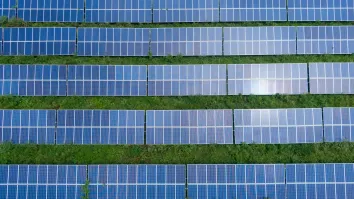
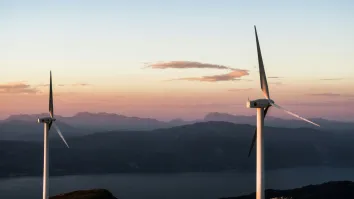
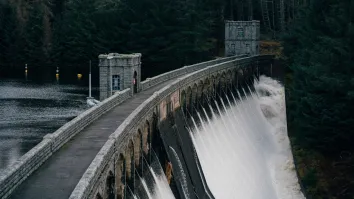
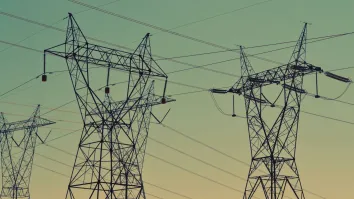




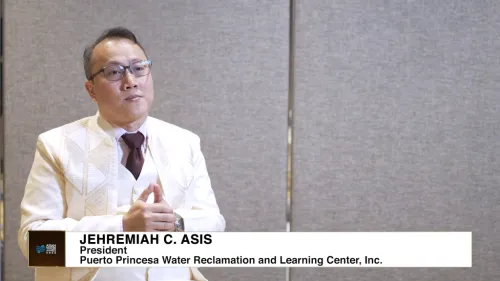


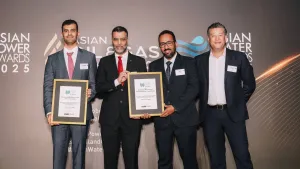





 Advertise
Advertise






